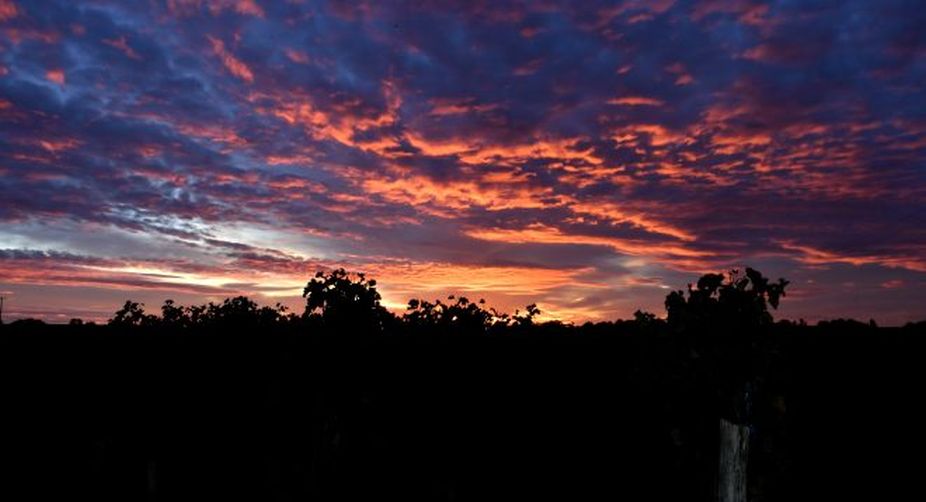Scientists have solved a centuries-old mystery of “bright nights” – an unusual glow that appears in the sky after dark and lets observers see distant mountains, read a newspaper or check their watch.
Researchers suggest that when waves in the upper atmosphere converge over specific locations on Earth, it amplifies naturally occurring airglow, a faint light in the night sky that often appears green due to the activities of atoms of oxygen in the high atmosphere.
Advertisement
Normally, people do not notice airglow, but on bright nights it can become visible to the naked eye, producing the unexplained glow detailed in historical observations.
Historical accounts of bright nights go back centuries. European newspapers and the scientific literature also carried observations of these events in 1783, 1908 and 1916.
“Bright nights do exist, and they're part of the variability of airglow that can be observed with satellite instruments,” said Gordon Shepherd, an aeronomer at York University in Toronto in Canada.
“The historical record is so coherent, going back over centuries, the descriptions are very similar,” said Shepherd, lead author of the study published in the journal Geophysical Research Letters.
Modern observations of bright nights from Earth are practically nonexistent light pollution. Even devoted airglow researchers have never seen a true bright night.
However, even before the advent of artificial lighting, bright nights were rare and highly localised.
Researchers could see bright night events reflected in airglow data from the Wind Imaging Interferometer (WINDII), an instrument once carried by NASA's Upper Atmosphere Research Satellite (1991-2005).
They searched for mechanisms that would cause airglow to increase to visible levels at specific locations.
Airglow comes from emissions of different colors of light from chemical reactions in the upper reaches of the atmosphere. The green portion of airglow occurs when light from the sun splits apart molecular oxygen into individual oxygen atoms.
When the atoms recombine, they give off the excess energy as photons in the green part of the visible light spectrum, giving the sky a greenish tinge.
To find factors that would cause peaks in airglow and create bright nights, researchers searched two years of WINDII data for unusual airglow profiles.
They identified 11 events where WINDII detected a spike in airglow levels that would be visible to the human eye, two of which they describe in detail in the study.
Finally, the researchers matched up the events with the ups and downs of zonal waves, large waves in the upper atmosphere that circle the globe and are impacted by weather.
When the peaks of certain waves aligned, they produced bright night events that could last for several nights at a specific location.
These events were four to 10 times brighter than normal airglow and could be responsible for the bright nights observed throughout history.
Researchers estimate that at a specific location, visible bright nights occur only once per year, and their observation would rely on a sky watcher looking from a remote location on a clear, moonless night with dark-adjusted eyes.
Shepherd estimates that a bright night occurs somewhere on Earth, at different longitudes, on about seven per cent of nights.











